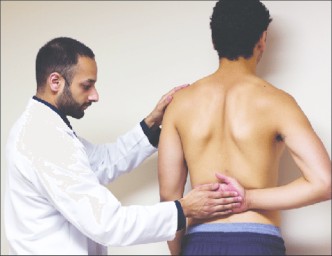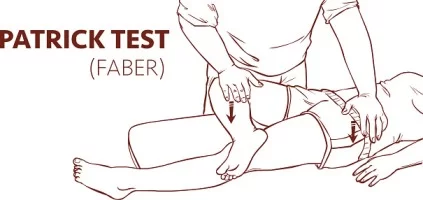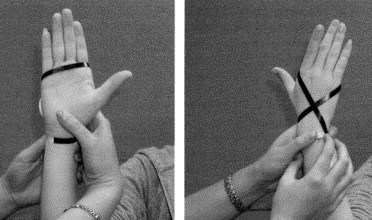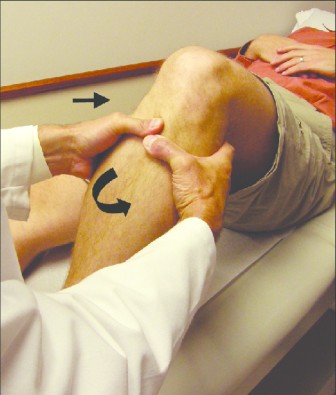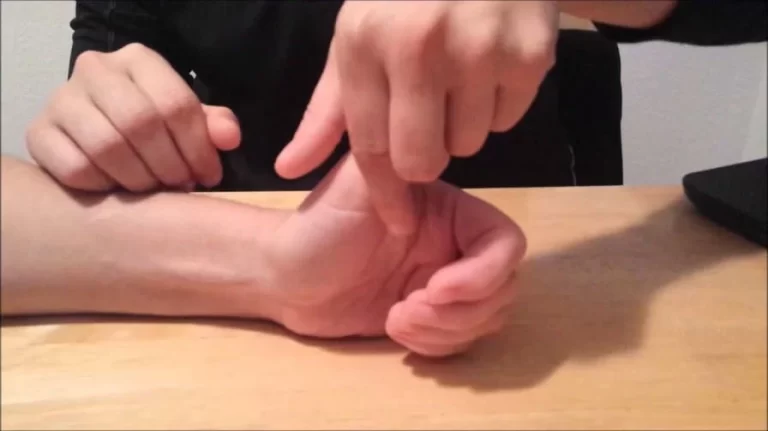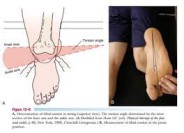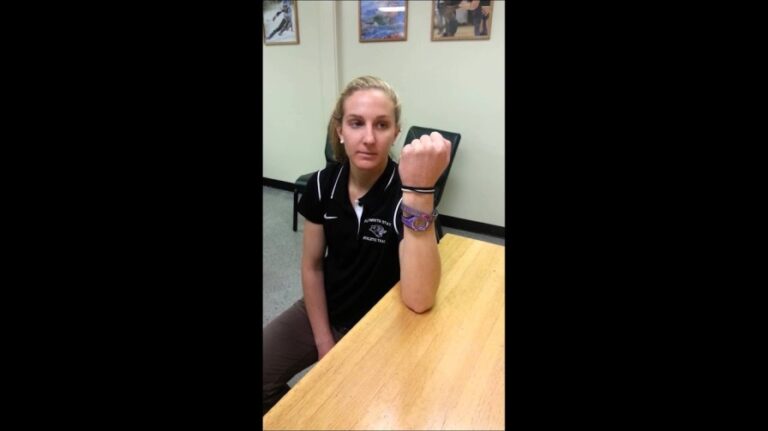Lift – off sign test of the shoulder :
- This test is a clinical test.
- This test is applied by to doctor or therapist to check the weakness of the subscapularis & tightness of the subscapularis.
- The subscapularis muscle is a part of the rotator cuff muscles.
- It is the best test for the check of the great subscapularis.
Purpose of the Liftoff sign :
- This test is used to check the weakness & tightness of the subscapularis muscle.
- This test is also used to check the scapular instability.
How do you perform the Liftoff sign?
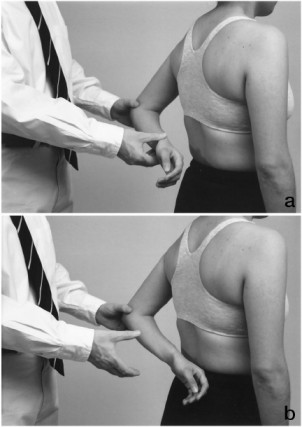
- The starting position of the test is standing.
- The patient stand & places the dorsum of the hand on the back pocket or against the midluber spine.
- Great subscapularis activity is shown with the second position.
- Then asked the to patient for lifts the hand away from the back.
- An inability to do so indicates a lesion of the subscapularis muscle.
- During the test, when the do abnormal motion in the scapula, which indicates scapular instability.
- If the patient can take the hand away from the back, the examiner should apply a load pushing the hand toward the back to test the strength of the subscapularis & to test how the scapula acts under dynamic loading.
- With a torn subscapularis tendon, passive & active lateral rotation means external rotation increases.
Modification of the Liftoff sign?
- This modification test is subscapularis or medial rotation, spring back or leg test.
- If the patient’s hand is passively medially rotated as far as possible & the patient is asked to hold the position, it will be found that the hand moves toward the back because subscapularis cannot hold the position due to weakness or pain.
- A small lag between maximum passive medial rotation means internal rotation & active medial rotation implies a partial tear [ 1′, 2′ ] of the subscapularis.
- This modification of the test accuracy is = more accurate.
- The test may also be used to test the rhomboids.
- If the winging of medial border of scapula during of this test, it is indicate the affection of the rhomboids muscle.
- Stefko, et al. reported that maximum isolation of the subscapularis was achieved by placing the hand against the posteroinferior border of the scapula, this test is called to maximum medial rotation test.
- Then attempting the lift-off.
- In the other positions of the latissimus dorsi, lifts off, posterior deltoid, teres major / rhomboids are compensated with the weak subscapularis.
How accurate of this lift-off test?
- The accuracy of the tests are depends on the many leasions
- For diagnosing of the lesion = 65%
- For the bear hug lift-off = 59%
- For Napoleon = 61%
- For the belly press. = 69%

